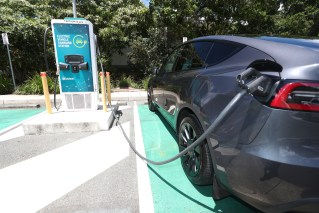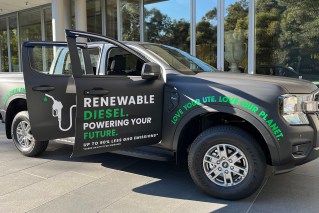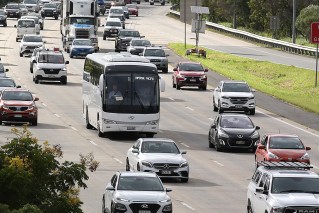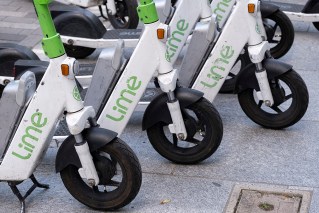Toyota and Holden factories to close, end of the line for autoworkers
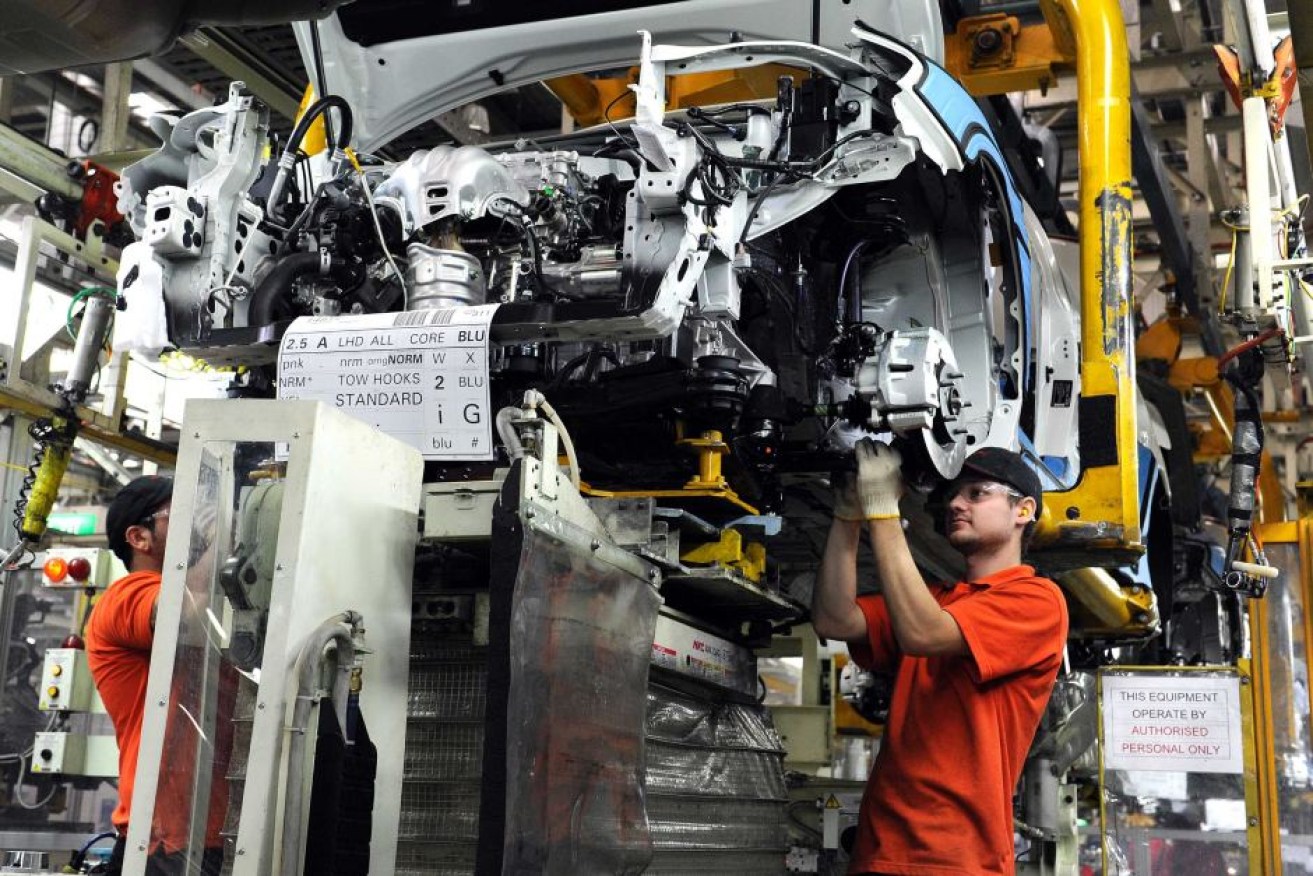
As Toyota and Holden shut down their manufacturing plants in SA and Victoria, local communities are expected to be hit hard. Photo: AAP
Australia has mass-produced cars for decades, but that will all end this month.
Holden will close its Adelaide plant in less than three weeks, on October 20, placing 944 people out of work.
But the biggest workforce hit will occur on Tuesday – when Toyota shuts down its manufacturing facilities in Altona, which will make 2500 workers redundant.
Since shutting down its Australian operations last year, Ford and the government have spent millions on retraining workers. But only about half them have been able to find new jobs.
Former employees from those car factories face insecure employment, the Australian Metals Workers Union (AMWU) said.
“A great majority of them are finding casual work that may lead to full-time work but obviously at extremely lower pay and conditions,” said Paul Difelice of the AMWU’s vehicle division.
This is consistent with what has happened to former workers in the car industry when a manufacturer closes down.
Back in 2004, Mitsubishi closed its Lonsdale engine plant. But two years after closure, most former Mitsubishi workers were doing it tough, according to Professor Andrew Beer from Flinders University.
His studies showed only one-third of those workers were able to find full-time equivalent work.
In addition, one-third were unemployed or underemployed, and the remainder were not working at all.
Re-trained workers are worse off
However, there are targeted programs to get former automotive workers into new training.
Eight former Ford workers are now doing apprenticeships on Rosanna Level Crossing Removal project. One of those is Jason Eames, who said the only work after Ford closed was insecure.

Holden will shut down its Adelaide plant later this month. Photo: AAP
“I started off working on painting kitchens with a company that paints kitchens,” Mr Eames said.
“I did that for about two months then moved on to driving a truck for about two months.”
Despite the significant pay cut from his previous job, Mr Eames jumped at the opportunity to get on the project.
On the other hand, Ruth Lopez had been at Ford for more than 20 years before being made redundant.
Ms Lopez said the economic reality was tough, but hoped the decision to go through training would pay off eventually.
“It’s a big difference – it’s a huge difference when it comes to pay,” she said.
“But I know in the future I will benefit from that so I’ll hang in there.”
Geelong doing well, despite Ford’s closure
Ford had two major factories in Victoria before they closed – in Geelong and Broadmeadows. The two areas have been hit differently.
Cranes dot the skyline in Geelong and there are obvious signs of construction throughout the CBD.
Government projects at both the state and federal level have helped to cushion the blow of losing the car maker, said Bernadette Uzelac, the CEO of the Geelong Chamber of Commerce.
Furthermore, Geelong will soon host the National Disability Scheme headquarters, in addition to the State Transport Accident Commission and Worksafe.
“The Ford closure has probably not had as dramatic effect as we might have thought it would have had before the closure,” Ms Uzelac said.
“What’s happened since that time is that there’s been a lot of activity and development.”
Geelong is also experiencing a housing construction boom.
“We’re seeing a lot of people from Melbourne moving to Geelong,” Ms Uzelac said.
“Melbourne is becoming quite unaffordable to live in and Geelong is a great alternative.”
However, Broadmeadows does not appear to be coping as well.
Before Ford’s closure, Broadmeadows was one of the country’s most disadvantaged areas with an unemployment rate above 25 per cent.
The closure not only hit the retrenched workers, but also businesses that relied upon them.
Amira Haydar, the manager of Falafel Houdy (which sits across the road from now shuttered Ford factory), said her business had suffered drops of 10 to 20 per cent since Ford closed.
“Before Ford closed, we were so busy during the lunch time,” she said.
“The whole area experienced a big calm after Ford closed down.”
Toyota shutdown bigger than Ford closure: Minister
Victoria’s Minister for Training and Skills, Gayle Tierney, expects the Toyota shutdown will be a bigger hit to the economy compared to the Ford closure.
This is partly because the newly retrenched workers will be competing with former Ford workers who still looking for jobs.
“There are going to be hundreds and thousands of people looking for jobs and coming onto the labour market at the same time,” Ms Tierney said.
One such worker who will soon be looking for a new job is Peter Cook – who will have his last day at Toyota on Tuesday, after working there for 27 years.
Mr Cook expects his financial situation to become tougher.
“The big difference would be is that we’re very well paid in the car industry,” he said.
“But the pay outside doesn’t seem to have moved in about 15 years from what I can see – so that’s the big readjustment.”
The promises of new and better jobs have not been delivered, the AMWU’s Mr Difelice said.
“Federal politicians said it will be OK because the job losses in the car industry would be replaced by better and more highly skilled jobs,” he said
“They just haven’t eventuated, it’s as simple as that.”
-ABC


